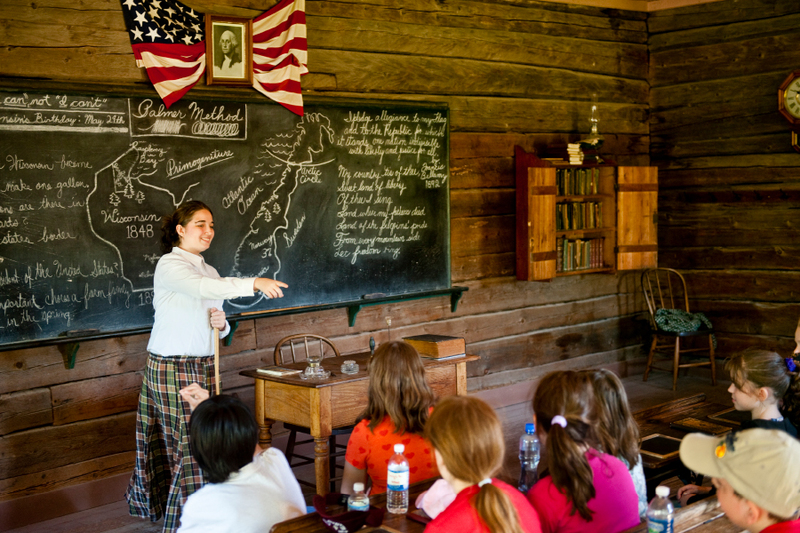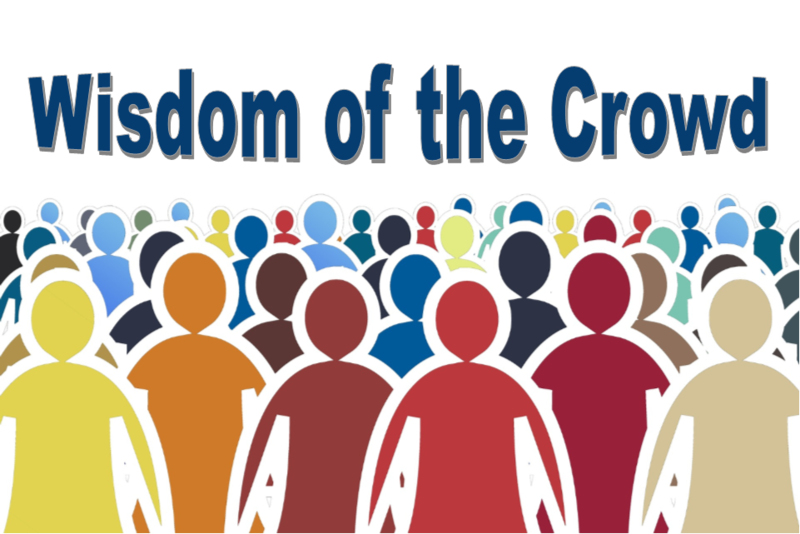e-Learning Ecologies MOOC’s Updates
The Role of Learner Diversity in Differentiated Learning
Differentiated Learning, also known as Differentiated Instruction, is one of the seven affordances of modern, technology-enabled learning, as discussed in our e-Learning Ecologies MOOC. Nevertheless, the concept of differentiated learning has existed for a long time in various forms, and each of us has likely experienced differentiation as students, educators and/or parents of students. Thus, my update for this week highlights some fundamental questions, shares guideposts for understanding and leveraging learner diversity, and compares several learning environments.
The first and perhaps obvious question to ask is “Why does differentiated learning matter?” In other words, what goal does it help society achieve? Broadly speaking, it helps to optimize learning outcomes.
Next we should ask, “What learning outcomes should be optimized?” Having taught introductory (overview) and specialist (expert-level) courses for university students and people in industry, I’d offer a pair of generic goals that consider both the learner and the group:
- The learner makes reasonable progress for the time invested towards her/his learning goals.
- The learner’s participation has a net positive impact on the experience of the other learners.
To achieve these complementary goals, we need to ask “What can be differentiated?” Based on my experience, I’d propose that the most significant dimensions (i.e., controllable factors) are the:
- Curriculum materials
- Instructor background and teaching approach
- Participants
Considering these three dimensions, let’s compare the classical models of the one-room schoolhouse, the Socratic dialog, and tracked classroom (by age and school success to-date), with classroom training for corporate employees, as well as modern IT-enabled learning environments, such our own course on Coursera and Scholar:
|
Learning Environment |
Curriculum Materials |
Instructor Background and Teaching Approach |
Participants |
|
One-Room Schoolhouse |
Low Differentiation (each student follows a grade-level reader, e.g., McGuffey Reader) |
Medium (standard approach as learned in teacher schools; some tailoring of teaching) |
Medium (multiple age students; all from nearby farm community) |
|
Socratic Dialog |
High (dialog may take the learner to many possible topics and source materials) |
Low (standard teaching methods; teachers mentored by teachers who are experts in this style of teaching) |
Medium (older and younger students together based on ability) |
|
Tracked Classroom |
Medium (textbooks with common core material; textbooks may contain accelerated/ remedial material) |
Medium (teachers from diverse backgrounds with experience adapting presentation from textbooks) |
Low (selected per compatibility with tracking criteria) |
|
Corporate Training |
Low (standard, approved content for target employee learners) |
High (instructors may be experienced practitioners with diverse backgrounds, or professional trainers) |
Medium (training is as-needed for specific job roles; students may be from many different parts of the organization) |
|
E-Learning Ecologies MOOC on Coursera |
High (standard lectures and readings are complemented with student-authored updates and comments on others’ updates |
High (in addition to the 2 main instructors, students learn from multiple sources and students) |
Medium (though participants appear to be mostly the Education field, the course is open to anyone globally with a Coursera account) |
Prescribed and/or voluntary selection of participants creates learner diversity. As mentioned in our e-Learning Ecologies course, demographics such as age, years of school completed, and standardized test scores are commonly used to select groups of learners for grades and tracks within a grade (e.g., honors, standard, remedial, etc.) In parallel with the desire for groups of learners who are “alike enough”, the course also emphasizes the need for learners to be “different enough” to develop collaborative intelligence, e.g., harnessing the Wisdom of the Crowd, and achieve teamwork synergies.
Recognizing the variety of possible approaches for establishing learner classifications and profiles, it’s natural to ask, “What kind of diversity matters the most?” The simplest set of necessary conditions for a successful learning group appears to be:
- Compatible learning goals. For example, students who want to learn introductory concepts of Data Science, should be grouped with other students with similar learning goals.
- Compatible level of commitment to his/her learning goal and desire/ability to help other students in the group to achieve their learning goals. Learning style, maturity, language ability, etc., are considerations.
Beyond these two basic conditions, I would paraphrase the words of Chef Gusteau from the 2007 movie “Ratatouille” and say emphatically, “Anyone can learn!” Differentiated learning should support open communities of diverse learners.
"e-Learning Ecologies" is my first formal course on Education. Working as a Process Quality Professional; however, I’ve developed and taught courses on Management and Engineering in industry and academia. Hopefully, this perspective will be helpful to our learning community.
Some further reading:
- Old World Wisconsin is an open-air museum that depicts housing and the daily life of settlers in 19th-century Wisconsin, with separate areas representing the traditions of different ethnic groups who settled in the state.
- Wikipedia article about McGuffey Readers, which were widely used in American schools for more than a century.
- “The Quality Profession” by CQI/IRCA. Accessed July 27, 2020.




Hello Tom - i'm more on the workplace side of education and I believe you are on the formal side of education? I recently went back to get my masters after over 20 years in the field. I wonder if in all our e-Learning Ecologies course learning if there is also some keys to unlock better moving people from formal to informal educational pursuits. Thank you for your considerate post.